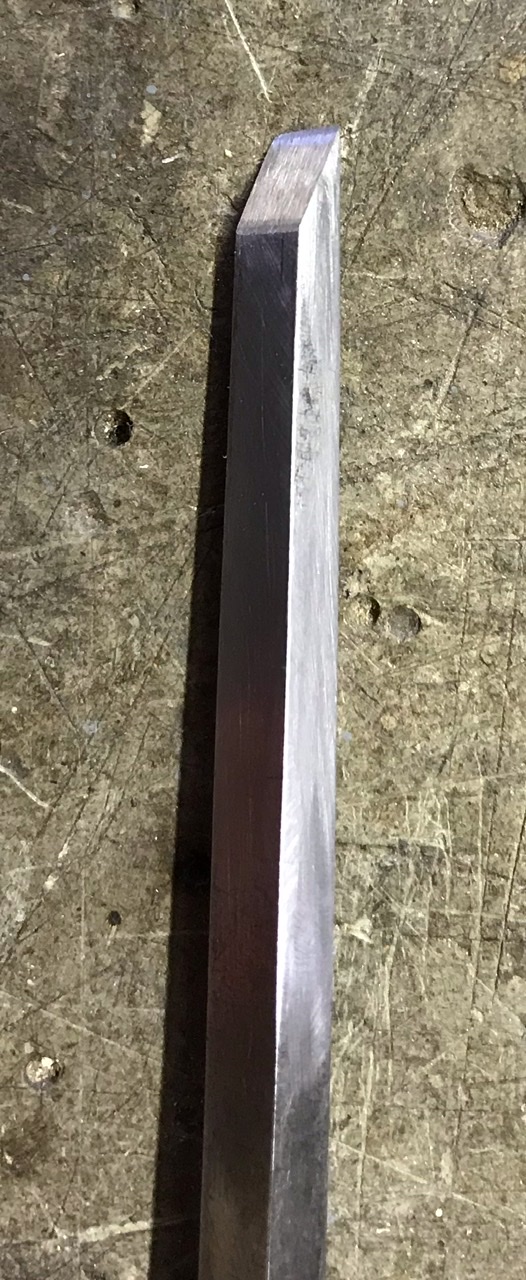Ttrees":2ipm9q6o said:
If it worked to harden the first inch with a gas hob wouldn't that be alright though?
Or even spring for a culinary blow torch for a tenner, would that give better results?
Possibly yes, if it works it works, and yes.
Ttrees":2ipm9q6o said:
I suppose another related question is can you remove the handle beforehand?
You don't need to. As a video I posted a link to some years back showed even plastic-handled chisels can have their tips rehardened with the handle left on. Sadly the video was removed from YouTube so I can't link to it here; my guess is that it's behind the FW paywall now.
If you absolutely had to you could wrap a damp cloth around the base of a chisel blade to prevent
any heat travelling into the tang, but I can promise this isn't necessary with any reasonable heat source.
Trevanion":2ipm9q6o said:
...doing it on the bodge is more likely to cause more harm than anything.
What's he going to do, make it softer? :lol:
Trevanion":2ipm9q6o said:
I'd be interested in a hob that can get a decent sized bit of steel up to 800 degrees Celcius or so!
You're not factoring in a few things. The first is the much greater amount of steel in round stock versus flat, plus this chisel seems like it might be a 1/4" no? Second, you can remove the burner parts to get a single vertical jet of gas instead of the spread-out ring of flames.
I've burned in a few chisels and numerous file to their handles by heating this way and you can certainly get the tip of a file tang up to critical temperature. I judge the chisel to be about the same cross-section as the tangs on some larger files. However many (all?) modern gas appliances no longer allow this due to safety cutoffs so not everyone can attempt this even if they wanted to.
Last thing is only about 10-12mm of steel really needs to be rehardened to give a useful working life; this represents at least a good few years of use for the typical amateur woodworker, possibly far longer. For a seldom-used chisel it may last someone the rest of their life. But most importantly, using a torch or similar heat source only about this much of the steel typically is left hard after the tempering so this is all you can expect to get!



















































